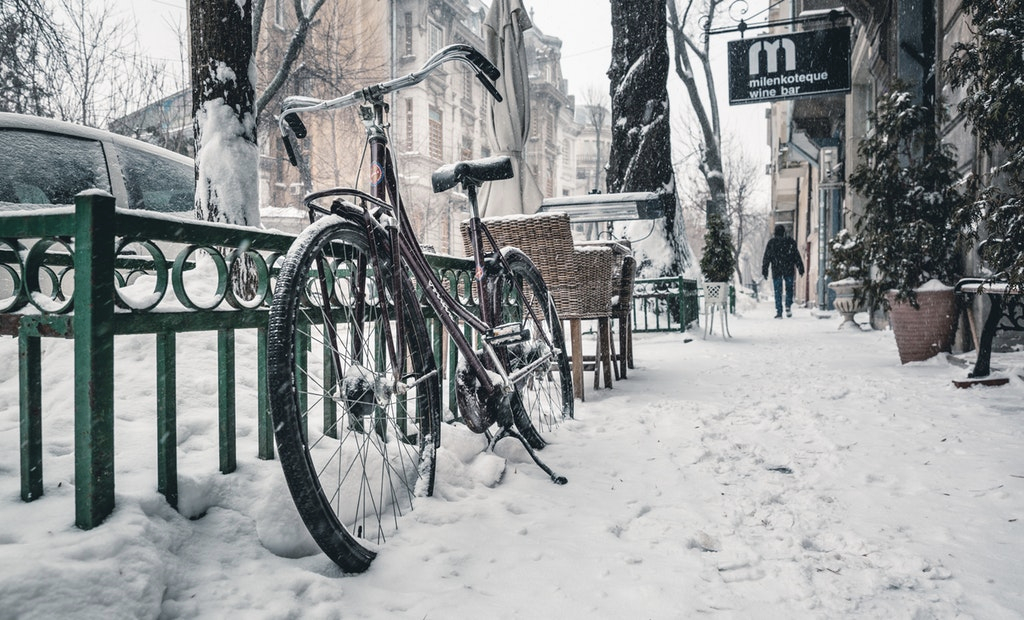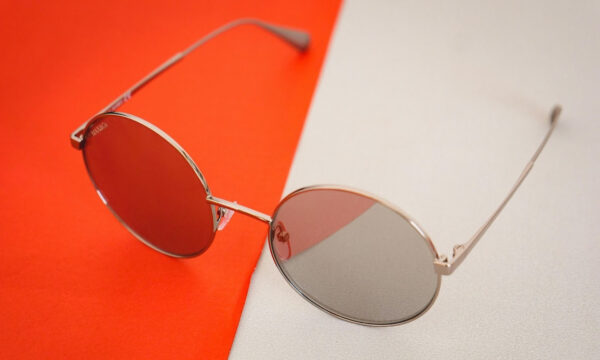Biking in the snow 101: The three essential components for carefree biking in winter

Biking in winter is one of those activities that is considered hardcore. We mean, what is it about the ice that does not scream hardcore to you? The bumpy roads, the uncertainty associated with the weather and the pure confidence you need to roll out on two wheels between November and March is indicative of this fact.
It is only sensible and safe to choose your gear correctly. Read on as we unleash the details of winter bike riding with these three essential questions that every biker has on their mind while riding.
How to choose your trails and tracks when it’s freezing outside?
While your choice of the track can depend on your familiarity level of experience, it’s always best to start with snowy meadows or steep trails in the backcountry and single-track trails. Either way, you need to explore the availability of the trails that surround your area and choose wisely depending on your skillset, sense of balance and strength.
How to choose your bike?
Whether the sun is shining at you brightly or if the skies are grey and cloudy outside, you need a bike that can sustain the uncertainty and balance of your weight without thinking or doing too much. The bike market has exploded and grown by leaps and bounds since 2013. In the past six years or so, we have seen bike frames from all materials including carbon, titanium, steel, bamboo and so on. Irrespective of whether you are a beginner or a professional, the suspension plays a key role. Your budget also plays a crucial role in your selection of the bike.
Therefore, to find the right bike, you need full-suspension (most of which are mass-produced), the choice of material that you deem fit for your bike and your budget. Believe it or not, a budget of £2,500 or so will be more than enough to find the one that will last you over many winters.
How to dress comfortably (and suitably) to survive biking in winter?
Dressing appropriately is an essential part of the exercise since you want to be comfortable and you want to be protected from the snow and other things nature can throw at you. Therefore, you would need to concentrate on wearing five active layers instead of 18 layers that would make you feel bulky and in turn hamper your ability to balance the bike.
- Headgear and goggles: Keep your face and eyes covered with a set of goggles and a skiing helmet. This would prevent the face from becoming cold and keep the blood circulation going to both your brain and the eyes. Before you wear the helmets, you might want to consider covering your head with windproof headgear.
- Shoes, socks, and gloves: Our hands and feet are the first body parts to catch a cold, and therefore, they need maximum protection. Find a pair of gloves that are a snug fit with little lining. Too many layers inside the glove is an optional choice depending on the weather conditions. Your shoes must be both water and windproof. Traditional cycling shoes with cleats and clipless pedals are good only in the warmer months. For those using clipless pedals in the heart of winter, thermal insoles are a must. They keep the temperature, moisture and the cold at bay keeping your feet warmer than your trusted pair of normal cycling shoes.
- For clothes: consider warm clothing for Winter rides e.g. the three-layer warming system. Your base layer must constitute functional, sweat absorbent undergarments. They help the body heat to escape to the next layer and removes traces of moisture from your body. The middle layer, often comprising of breathable jerseys or high-collared material is breathable and allows the heat from the base layer to come to the surface. The outer layer is a windproof, often a softshell jacket which will lock the necessary amount of heat within the layers of fabric and release the rest to the surrounding which in turn can keep you warm. For places with autumnal weather, you can ditch the three-layer system for a two-layer system by ditching the jersey and opting for a cycling scarf to warm your neck.
Biking in the snow can be an excellent opportunity to keep yourself healthy while at the same time being enjoyable. Nevertheless, it can have the same perils of extreme sport and therefore requires self-supervision more than anything else. Answer the questions as mentioned above for your situation, and you are good to go.
The editorial unit

























Facebook
Twitter
Instagram
YouTube
RSS